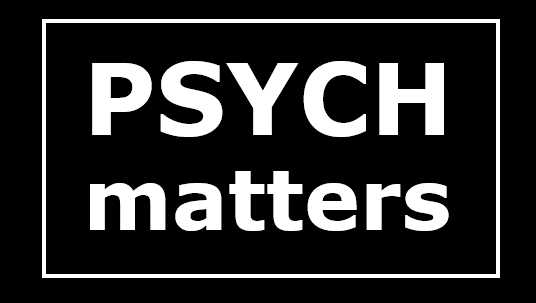CleanPrint: Print/Save Only What You Want
CleanPrint gives you the power to print or save only the content you want from a webpage. Add a note if you’d like. Add CleanPrint as an extension to your browser. What’s especially cool is that multi-page articles are automatically combined into one. With this NYTimes article, you can see the CleanPrint toolbar on the left. The top half gives you several places where you can print or save the webpage. You can choose which of these print/save options you’d like to display by making changes to the browser extension. In your browser, go to where you can see your extensions. Look for the extensionRead More →

